One of the joys of growing succulents like Hens and Chicks (Sempervivum) is the remarkable ability of these plants to produce young offshoots (chicks) and adapt to changes. So, propagating hens and chicks is not difficult. You just need to get to know your plant so you can tell where to cut and when to propagate. This can be a great starter plant for gardeners who want to test their skills at taking and rooting cuttings.
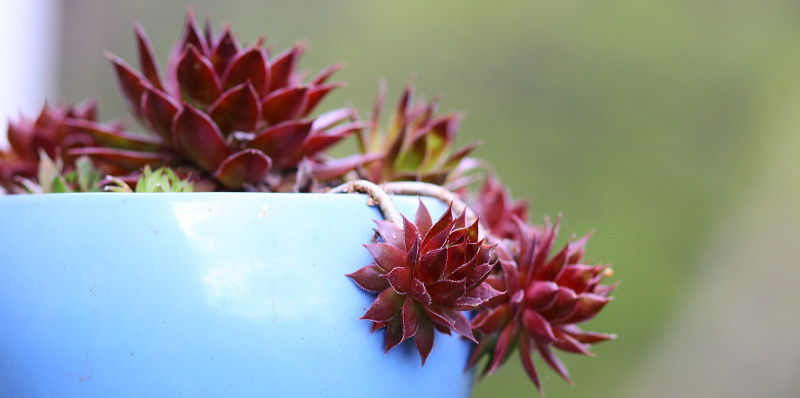
When to Propagate Hens and Chicks
The best time to propagate these fun succulents is when they begin to outgrow their container or outdoor space. The chicks are smaller clones of the parent rosette (hen) and separate easily. Dividing the plant helps it fit in its space and stay healthy. The best time of year to divide a succulent like sempervivum is in summer before it goes into a heavier fall growth period.
How to Select Rosettes
You'll have the most success propagating sempervivum cuttings if you take rosettes that have already formed some roots rather than the youngest chicks. The easiest way to be certain is to lift the plant from its pot and shake off some of the soil to expose the roots. This helps you select the best offshoots to cut.
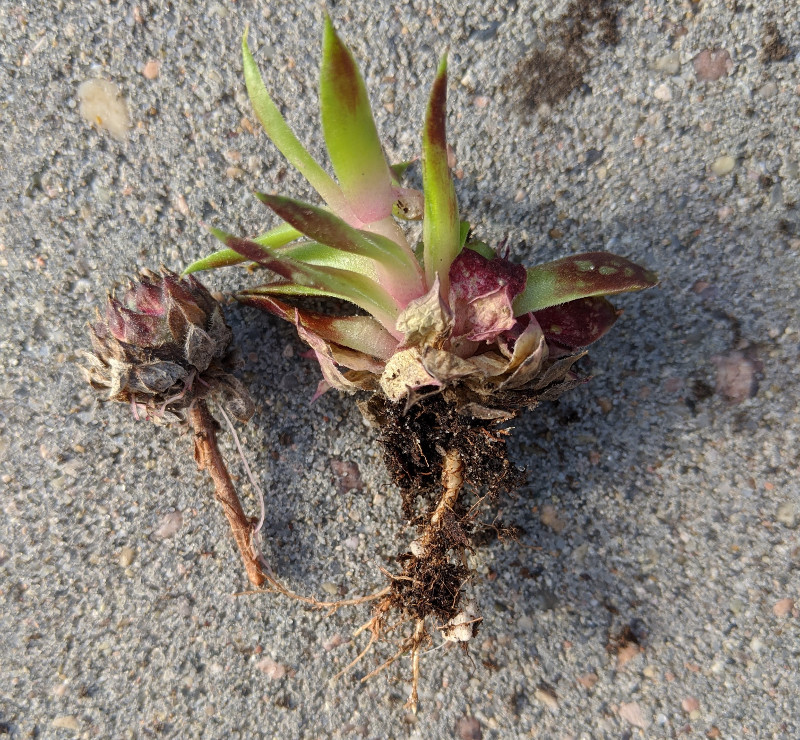
You might prefer not to lift your plant from its pot and that is understandable. In that case, take cuttings from around the edges of the plant that look like they have grown some. The advantage to this is you can see the plant's shape and fit in the pot or planting space. That way, you can maintain the look for the parent plant that you prefer while also giving it some room to grow and starting a new Hens and Chicks plant.
How to Make a Hens and Chicks Cutting
The best way to cut off a small rosette for propagating is with a sharp, clean knife. Cut through the edge of the rosette, severing where it joins the parent plant. It's really simple to do. Set the rosette cutting in a dry, sheltered spot for a few days to allow it to form a callus, or a dry, "healed" end. The cuttings can receive some light, but not direct sunlight.
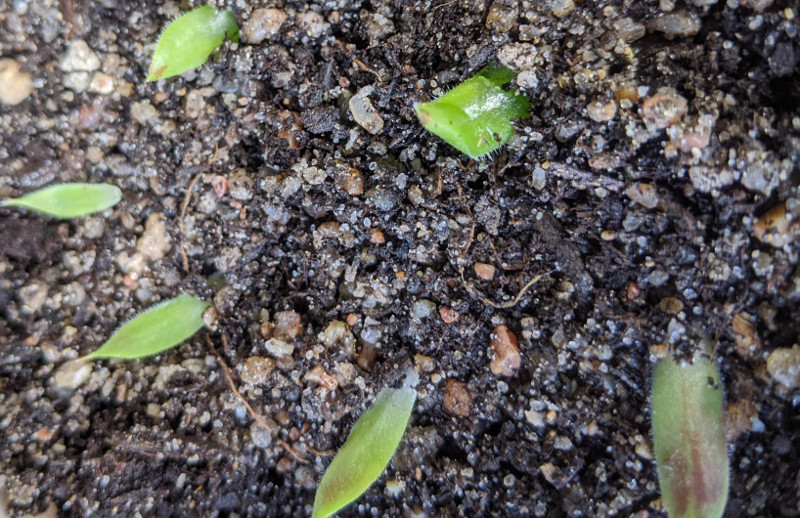
How to Pot Sempervivum Cuttings
Take a small plastic container, about 3 inches around, and fill it with a gritty potting mix made for cacti and succulents. Add a thin layer of fine grit only above the potting medium. Possible gritty materials to use are construction sand, small gravel, or chicken grit.
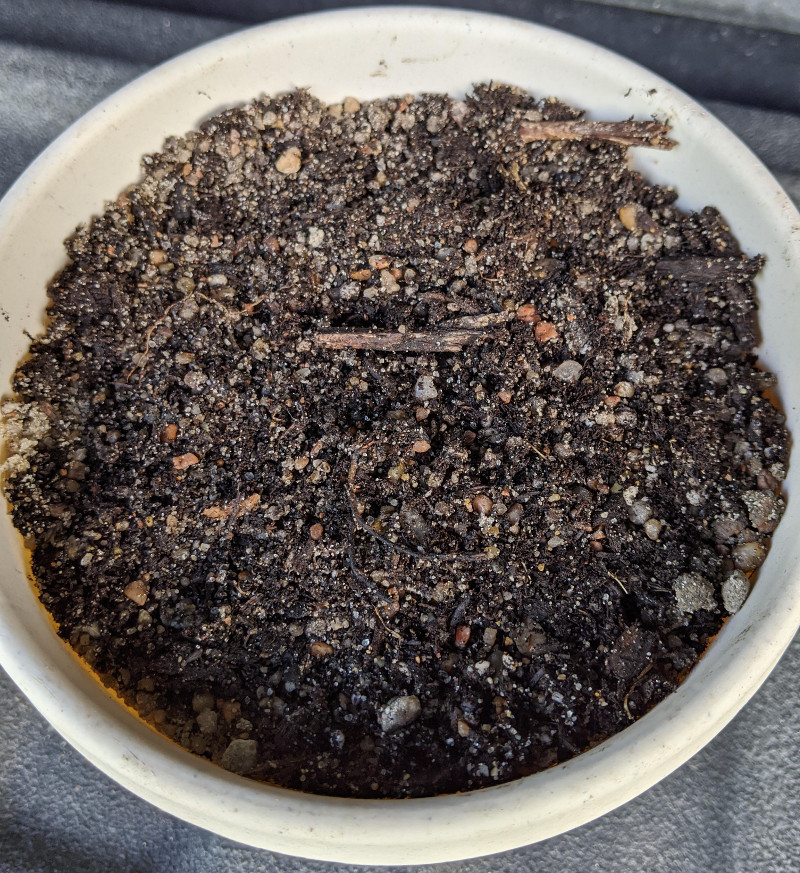
Place the calloused end of the cutting into the fine grit at the top of the pot. Push it down gently so the end will reach the main layer of mix.
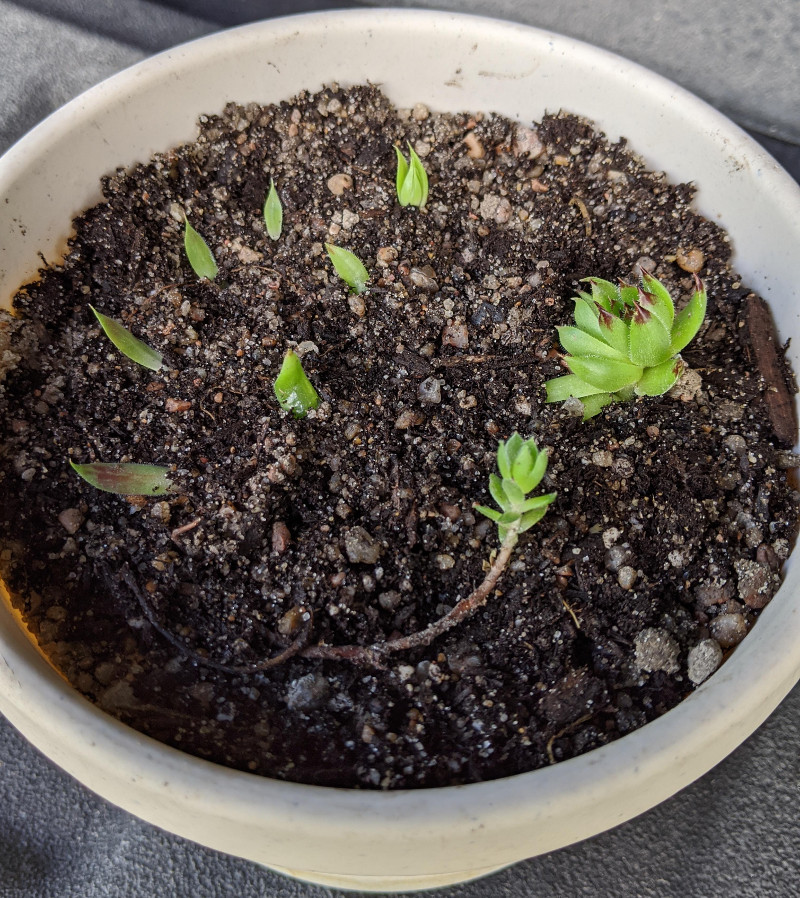
Caring for a Propagated Hens and Chicks
Once in their new home, your cuttings are ready to recover and start making roots. Place the pot in a bright location with good air circulation. If possible, keep the temperature around the bottom of the pot near 70 degrees. Do not enclose the cutting in a bag or container that holds in moisture, because this can cause your succulent to rot.
Within a few weeks, your cutting should have roots. When they seem large enough, you can place the new plant in its own permanent pot or in the ground.
 |
Author Teresa Odle - Published 5-17-2020 |
